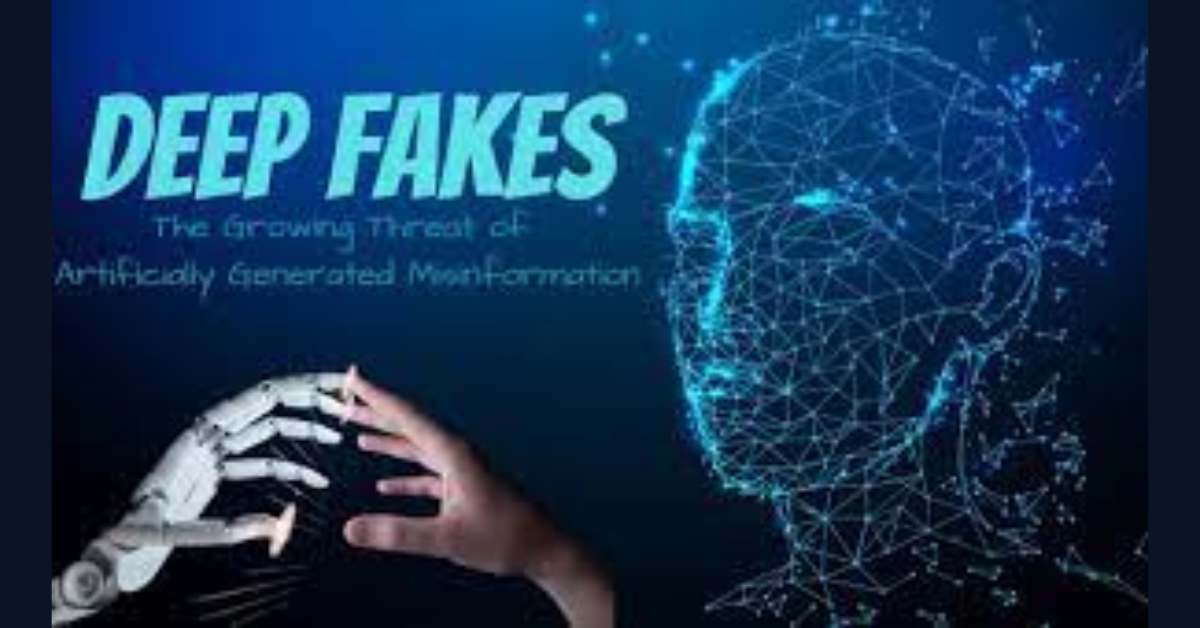The rapid advancement of artificial intelligence (AI) has led to the emergence of deepfake technology, a powerful tool capable of creating highly realistic fake audio, video, and images. While deepfakes have numerous applications in entertainment, education, and marketing, they also pose significant legal and ethical challenges, particularly in a country like India. This article delves into the rise of deepfake technology, its impact on society, and the legal frameworks in India addressing its misuse.
Understanding Deepfake Technology
Deepfake technology utilizes AI and machine learning algorithms, particularly deep learning and Generative Adversarial Networks (GANs), to superimpose or synthesize media content. This technology enables the creation of highly realistic fake videos where a person’s face, voice, or expressions can be altered or replaced.
Some common applications of deepfake technology include:
- Entertainment and Film Industry: Used to recreate actors for movies and television shows.
- Education and Training: Facilitates language translation and training simulations.
- Marketing and Advertising: Helps brands personalize content for audiences.
- Political Manipulation and Misinformation: Used to spread false narratives, influence elections, and damage reputations.
- Financial Fraud and Cybercrime: Enables identity theft and scams through forged audio and video.
Legal Challenges Posed by Deepfake Technology in India
Despite its benefits, deepfake technology raises serious legal concerns, including:
1. Misinformation and Defamation
Deepfake videos can be used to spread false information, leading to reputational damage, social unrest, and political instability. In India, defamation laws under Section 499 of the Indian Penal Code (IPC) can be invoked against those spreading false content.
2. Violation of Privacy and Identity Theft
Unauthorized use of a person’s likeness without consent is a significant privacy violation. Indian laws such as the Information Technology (IT) Act, 2000, and Article 21 of the Indian Constitution, which guarantees the right to privacy, can be applied in such cases.
3. Cybercrimes and Financial Fraud
Deepfake audio and video can be exploited for financial fraud, phishing attacks, and blackmail. The IT Act, 2000 penalizes such cybercrimes under Sections 66D (impersonation using computer resources) and 72 (breach of confidentiality and privacy).
4. Obscene and Non-Consensual Content
Deepfakes are often misused to create non-consensual explicit content, particularly targeting women. Laws such as Section 67 of the IT Act, 2000, and Section 354D of IPC (stalking and harassment) are relevant in prosecuting offenders.
5. Threat to National Security
Deepfake technology can be weaponized for espionage, spreading fake government communications, or inciting violence. The Unlawful Activities (Prevention) Act (UAPA), 1967, can be used against individuals or groups misusing deepfakes to threaten national security.
Existing Legal Framework and Its Limitations
India’s legal framework to combat deepfake-related crimes includes the IPC, IT Act, and various data protection laws. However, these laws lack specific provisions directly addressing deepfake technology. Some challenges in the current legal framework include:
- Lack of specific deepfake regulations
- Difficulties in detection and attribution
- Slow legal proceedings and enforcement
- Jurisdictional challenges in cross-border cybercrimes
Global Approaches to Combat Deepfakes
Countries worldwide have started implementing laws and policies to address deepfake misuse:
- United States: Several states have introduced laws penalizing malicious deepfakes, particularly in elections and non-consensual pornography.
- European Union: The EU’s Digital Services Act and GDPR impose strict regulations on AI-generated content.
- China: Implemented regulations requiring clear labeling of AI-generated content to prevent misinformation.
The Way Forward: Strengthening India’s Legal Framework
To effectively tackle deepfake threats, India needs a more robust legal and technological approach:
- Amendments to Existing Laws: Introduce specific provisions in the IT Act to criminalize deepfake creation and distribution.
- AI-Driven Detection Mechanisms: Deploy AI-based tools to detect deepfake content and flag misleading information.
- Awareness and Digital Literacy Campaigns: Educate the public on identifying and reporting deepfake content.
- Stronger Penalties and Swift Legal Action: Implement stricter punishments for those misusing deepfake technology.
- Collaboration with Tech Companies: Work with social media platforms and AI firms to detect and prevent deepfake spread.
Conclusion
Deepfake technology is a double-edged sword—while it offers incredible possibilities, its misuse poses serious legal and societal risks. India must adopt a proactive approach by strengthening its legal framework, increasing public awareness, and leveraging advanced AI-based detection tools. A balance between technological innovation and ethical responsibility is crucial to ensuring a safer digital space.

